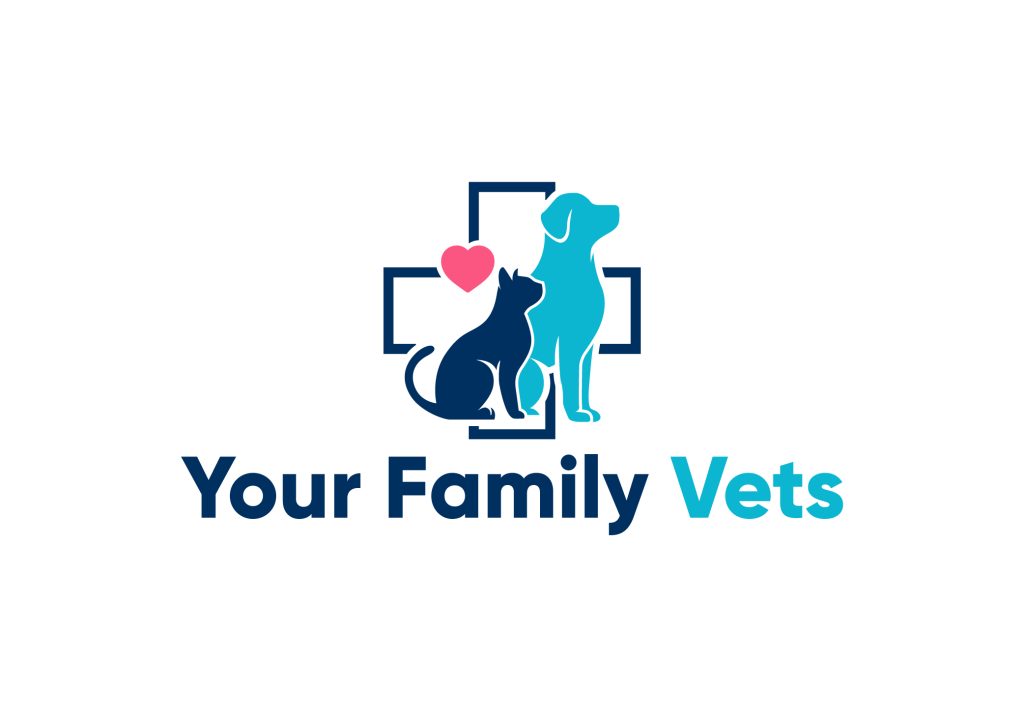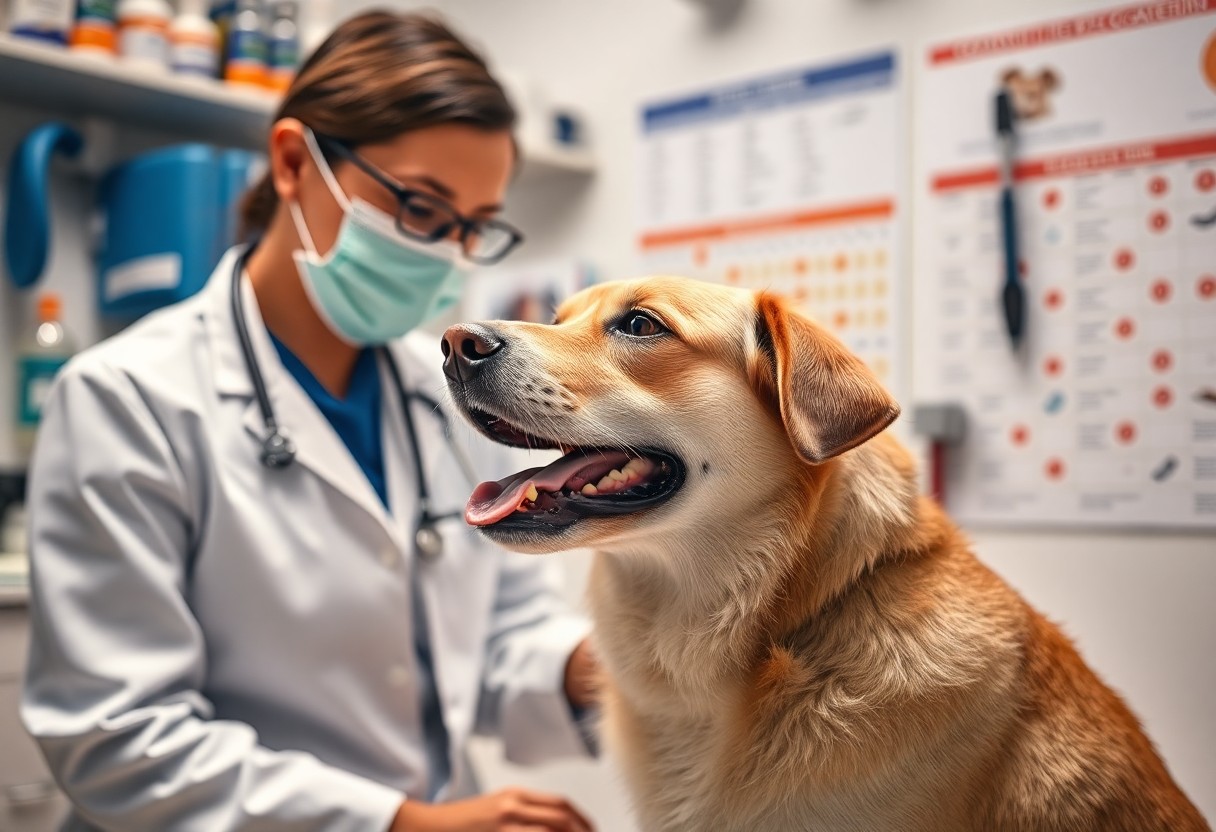Why pet dental care matters
Up to 80% of dogs and cats over 3 years old suffer from dental disease. Left untreated, it causes pain, tooth loss, and even heart, kidney or liver disease as bacteria enter the bloodstream.
- Bad breath is not normal — it’s a sign of dental disease
- Pets hide pain, so problems often go unnoticed
- Preventive dental care improves comfort and lifespan
- Routine check-ups avoid costly advanced treatment later
Common signs of dental disease
- Bad breath (halitosis)
- Yellow or brown tartar build-up
- Red, swollen or bleeding gums
- Loose, broken or missing teeth
- Pawing at mouth, reluctance to eat, dropping food
- Swelling under eyes or along the jaw
If you notice these signs, book a dental consultation today.

